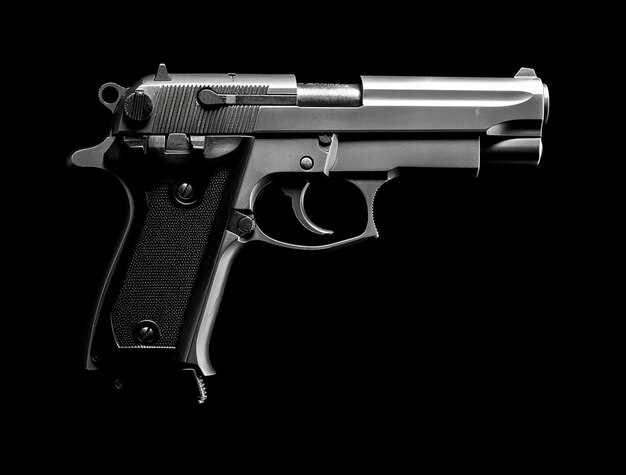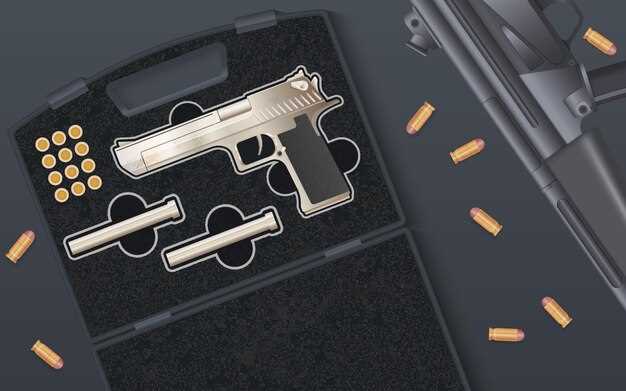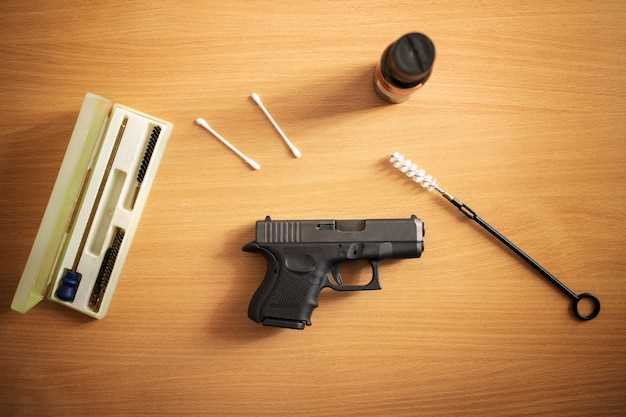Side-by-Side – Glock vs Sig Sauer for Personal Use


When it comes to selecting a handgun for personal use, two names frequently dominate the conversation: Glock and Sig Sauer. Both manufacturers have built a reputation for producing reliable, durable, and effective firearms, but they cater to slightly different preferences and needs. Understanding the key differences between these two brands can help potential owners make informed decisions that best suit their requirements.
The Glock series is renowned for its simplicity and ease of use. With a focus on polymer construction and a reputation for reliability, Glocks have become a favorite among law enforcement, military personnel, and civilians alike. Their consistent performance, low maintenance needs, and extensive aftermarket support make them appealing for anyone looking for a dependable self-defense weapon.
On the other hand, Sig Sauer offers a blend of tradition and innovation. Known for their superior engineering and ergonomic designs, Sig Sauers provide a slightly different shooting experience, often with heavier metal frames and a variety of calibers. This brand appeals to those who prioritize precision and comfort in their firearms. Sig Sauer’s reputation for accuracy and advanced safety features makes it a contender in the personal defense market.
In this article, we will delve into the specifications, pros and cons, and suitability for personal use of both Glock and Sig Sauer firearms. By evaluating these elements, you can gain insights that will assist you in making the right choice for your personal defense needs.
Choosing the Right Model: Glock vs Sig Sauer Specifications

When considering a firearm for personal use, understanding specifications is crucial. Both Glock and Sig Sauer offer a variety of models tailored to different needs, from compact for concealed carry to full-size for home defense.
Glocks are renowned for their simplicity and reliability. The Glock 19, for instance, features a 4-inch barrel and a magazine capacity of 15 rounds, making it a popular choice for both new and experienced shooters. Its polymer frame contributes to a lightweight design, which benefits ease of carry. Additionally, the Glock Safe Action trigger system ensures consistent performance with a 5.5-pound trigger pull.
On the other hand, Sig Sauer is recognized for its precision engineering. The P320 is a modular handgun boasting a 3.6-inch barrel with customizable grip sizes and calibers. The P320’s unique design allows users to switch between different frame sizes effortlessly, facilitating adaptability in various situations. Its striker-fired mechanism also provides a smooth trigger pull, estimated around 6.5 pounds.
In terms of caliber options, Glock primarily focuses on 9mm, .40 S&W, and .45 ACP across its models. The versatility of Glock’s offerings allows users to select a model that aligns with their preferences and needs. Sig Sauer also provides similar calibers but expands the selection further into options like .357 SIG and .22 LR, catering to a broader audience.
Ergonomics plays a significant role in user preference. Glock’s grip angle and dimensions can feel more simplistic, which appeals to many, yet may not suit everyone. Conversely, Sig Sauer often emphasizes comfort with contoured grips and adjustable features, appealing to those who prioritize fit.
Ultimately, choosing between Glock and Sig Sauer specifications hinges on personal requirements. Whether prioritizing reliability, adaptability, or comfort, both brands offer models designed to meet diverse needs effectively. The decision ultimately rests on hands-on experience with the firearms themselves to determine which feels right in your hand.
Safety Features: Analyzing Glock and Sig Sauer for Everyday Carry
When considering firearms for personal use, safety features play a crucial role in ensuring responsible handling and operation. Both Glock and Sig Sauer have developed their safety mechanisms to cater to the needs of everyday carriers. Understanding these features helps users make informed choices.
Glock pistols are well-known for their “Safe Action” system, which includes three independent safety mechanisms: a trigger safety, a firing pin safety, and a drop safety. This design allows for a consistent trigger pull without the need for a manual thumb safety. The trigger safety prevents the gun from discharging unless the trigger is fully pressed, providing an immediate safeguard against accidental discharges.
On the other hand, Sig Sauer pistols often feature a combination of double-action/single-action (DA/SA) mechanisms, which provide a different safety experience. For example, many Sig models include a manual thumb safety that can be engaged when the firearm is not in use. This feature allows users to have an additional layer of protection, particularly in situations where the gun may be carried loaded. Sig also incorporates a decocker, allowing the hammer to be safely lowered without firing, a valuable function for those who prefer the DA/SA system.
Both manufacturers recognize the importance of safe handling practices. Glock’s design minimizes mechanical complexity, which can lead to more reliability in terms of safety during dynamic situations. Conversely, Sig Sauer’s option of a manual safety offers users increased control over their firearms, making it a preferred choice for individuals who prioritize explicit safety measures.
Ultimately, the choice between Glock and Sig Sauer will hinge on personal preferences regarding safety features. Glock appeals to those who favor a streamlined approach with internal safeties, while Sig Sauer caters to users looking for more traditional safety controls. Understanding these distinctions will guide individuals in selecting the best option for their everyday carry needs.
Cost of Ownership: Initial Investment and Long-Term Expenses for Glock and Sig Sauer

When comparing the cost of ownership between Glock and Sig Sauer, it’s essential to evaluate both the initial investment and the long-term expenses associated with these popular firearm brands. The initial purchase price varies, with Glock models typically ranging from $500 to $700, while Sig Sauer handguns can range from $600 to above $1,200, depending on the model and features.
In terms of initial investment, Glock generally offers a more budget-friendly entry point for those seeking reliability and performance. Sig Sauer, known for its precision and innovative features, often comes with a higher price tag, reflecting its premium materials and engineering. Buyers must consider what features are essential for their personal use, as this will impact overall satisfaction and perceived value.
Long-term expenses include maintenance, ammunition, and accessories such as holsters and sights. Both Glock and Sig Sauer are known for their durability and reliability, which can minimize maintenance costs over time. However, Glock’s simpler design often leads to lower costs in terms of replacement parts and repairs. Sig Sauer firearms may require more specialized maintenance due to their complexity and premium components.
Ammunition costs can also affect long-term ownership. Both brands use commonly available calibers; therefore, the price of ammunition remains largely similar across different models. Additionally, when purchasing accessories, Glock typically has a wider range of affordable aftermarket options, making it easier to customize the firearm without significant investment.
In conclusion, the cost of ownership for Glock and Sig Sauer depends heavily on individual preferences, usage, and budgetary constraints. While Glock may provide a lower initial investment with affordable long-term expenses, Sig Sauer offers premium quality that might justify the higher costs for some users. Ultimately, the choice between these two brands should consider both the upfront and ongoing financial commitments.




